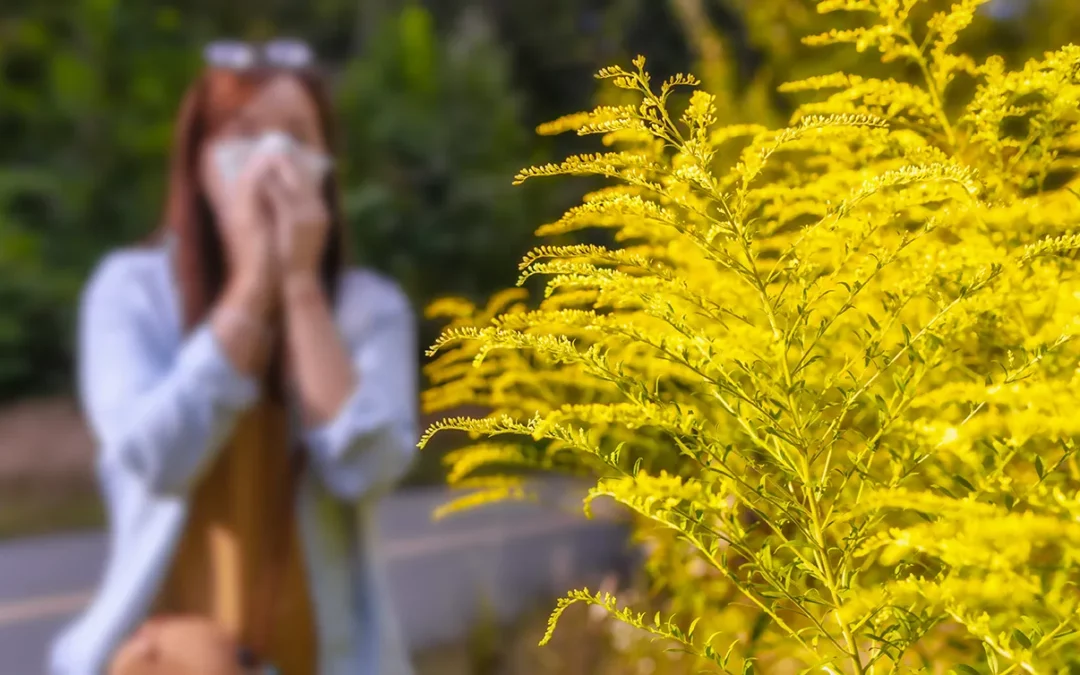In the article “Allergy Season Arriving in Idaho as One of the West’s Worst” by Shaun Goodwin for the Idaho Statesman, readers are provided with an in-depth look into the challenges and severity of allergy season in Idaho, particularly in Boise. Idahoans, experiencing the full spectrum of seasons, also have to contend with an extensive allergy season. Starting in late February or early March and stretching until October’s first frost, allergy season affects a significant portion of Americans, including those in Idaho.
Boise, while ranking 77th nationally according to a study by the Asthma and Allergy Foundation of America, shows a “better than average” scenario in comparison to the rest of the country. This ranking considers factors like pollen count, medicine usage, and availability of specialists. Although Boise’s standing improved from the previous year’s average rating, the city still grapples with considerable allergy challenges, with an overall score near the national average.
The western U.S. sees Boise as a significant contributor to allergy awareness, ranking third among cities west of the Rocky Mountains. The prevalence of allergic rhinitis, or hay fever, underscores the seasonal discomfort faced by many, with symptoms ranging from sneezing and runny nose to itchy eyes and swelling around the eyes. The article highlights cottonwood, juniper, and ash trees as primary pollen producers in the Boise area, alongside grass pollens from rye, timothy, and orchard grasses that exacerbate allergic reactions during overlapping seasons.
This detailed analysis from the Idaho Statesman sheds light on the perennial struggle against allergies in Boise, offering valuable insights for residents and visitors alike to prepare and manage their allergy symptoms effectively.


